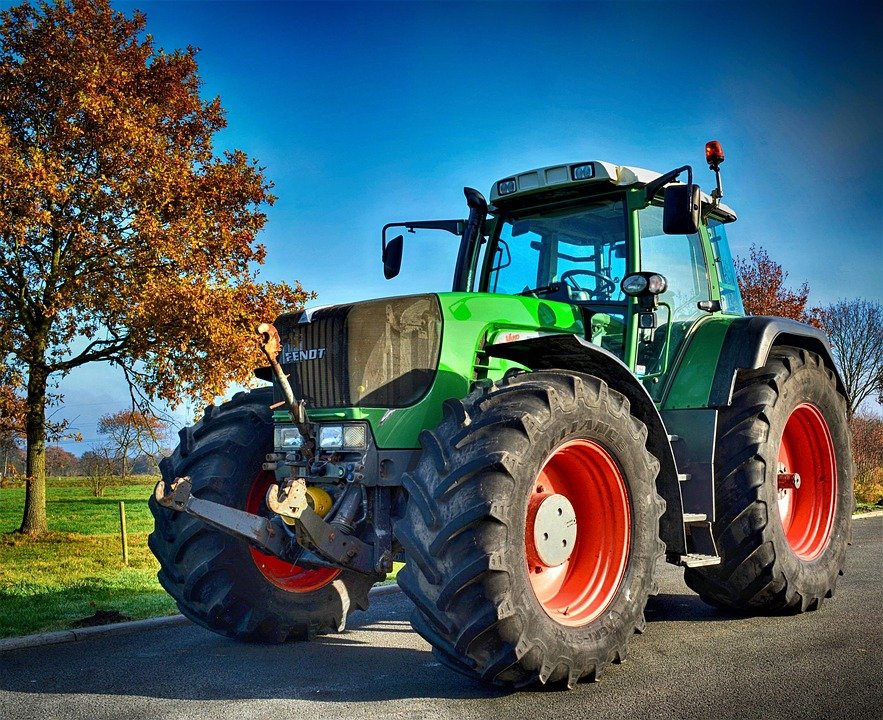Exploring the Sherline CNC factory: a user-centric guide
introduce
Sherline CNC Mill is the cornerstone of precision machining for amateurs, engineers and small manufacturers. This machine is known for its solid construction, modular flexibility and surprisingly powerful features, democratizing precise machining without the need for industrial-scale space or budgets. At Greatlight, we use advanced five-axis CNC systems to solve complex projects every day, but we recognize Sherline’s value in refining DIY creativity with professional-level accuracy. This guide draws ways to maximize its potential from real-world experiences in metal and plastic parts manufacturing.
Section 1: Sherline CNC Factory – Core Functions
Sherline Mills stands out in prototyping, jewelry design, robotics and tool manufacturing. Key features include:
- Work Envelope: Standard Model Travel: 102mm (x), 230mm (y), 152mm (Z) – Very suitable for small, detailed work.
- Spindle and speed: Adjustable ~1,800–10,000 rpm aluminum, brass, plastic and carbon steel.
- accurate: Grounding conduit + 0.003 mm resolution stepper motor ensures repeatability within 0.015 mm.
- Modular: Interchangeable components (rotating tables, indexers) enable tilt cutting and complex 4-axis work.
- Controller compatibility: Open architecture supports MACH3, LinuxCNC and GRBL.
Section 2: Setting up Sherline CNC
Note: Pre-invest investment in prevention "Garbage, garbage" Later failed.
- Unboxing/assembly: Fix the mill to a vibration damped bench (e.g., epoxy particle base). Use a shell to shield electronics from metal chips.
- Axis calibration: Use dial indicator to verify convenience of 0.05 mm/ft. Respan every 100 operating hours.
- Software Settings:
- For MACH4: Restrict map axes by input pins. Set the motor adjustment to 50 IPM maximum feed (to prevent step losses).
- For grbl: Use the G-Code Init command
$21=1(hard restrictions) and$100=40.00(Step/mm – Verified by calibration cube).
- Worker: Avoid slipping and falling using Sherline’s Versamount system or custom fixed use stock.
Section 3: Operational Best Practices
-
Substance-specific settings: Material RPM Feed rate Doc Coolant 6061 AL: 6,000 0.05mm/Teen 0.75 mm Misty or air explosion ABS: 8,000 0.1mm/Teen 2mm No (removing vacuum chip) - Tool path: Follow "Climbing up milling" Used for metal (reduced drilling) and optimize camera strategies (e.g., trochoidal for slots).
- Detection: Use the touch probe for Z-axis zero to prevent tool crash.
Section 4: Advanced Technology
- Fourth axis integral: Install a Sherline rotating table (PN 3700) for cylindrical engraving or turbine blades. Use CNCwrapper to convert 3-axis paths to rotation.
- Microarrangements:For PCB drilling or viewing parts, use a low 1.5mm end mill + reduce chip load. Verify spindle jump with a test indicator (<0.005 mm).
- troubleshooting:
- Vibration problem? Reduce RPM by 20% and reduce DOC by 30%.
- Surface finishing issues? Check for wear of lead spiral nuts or cams step by step exceeding 10% of the tool width.
in conclusion
Sherline’s CNC Mills embodies the democratization of precision engineering, enabling complex work without the need for a six-figure investment. However, complexity scale requires expertise, especially when pushing hardened steel or aerospace prototypes that are tolerated with tolerance. This is where Greatlight complements your workshops. As certified five-axis CNC machining experts, we handle geometry over 3-axis limits: impellers, medical implants and topologically optimized stents. With ISO 9001:2015 certified quality control, multi-material mastery (TI-6AL-4V, PEEK, INCONEL) and integrated finishes (anodized, passivated, media explosion), we transform our CAD dream into a flying part. Partner with Greatligh today to provide you with turnkey solutions – your vision, our accuracy.
FAQ: Sherline CNC Mill
Q1: What is the biggest part I can process?
A: Sherline’s standard bed can accommodate 102×230 mm workpieces. Use a 350mm long extended Y-axis kit (sold separately).
Q2: Can it be processed in steel?
A: Limited to pre-fixed alloys (~30 hrc max). For tool steel or D2 (55+ HRC), work with Greatlight, a professional five-axis machining.
Q3: How to tolerate aluminum and brass?
Answer: ±0.025 mm is achieved in aluminum; ±0.015 mm of brass. Stricter tolerances (<0.01 mm) require post-metering inspection, which is a great profession.
Question 4: Is metal coolant necessary?
A: Yes, yes, to prevent chip soldering. Use food grade glycol or micro-rotating systems. Brass and plastics are usually dry.
Q5: Can Sherline Mills be left unattended?
A: Only suitable for short jobs with redundant limit switches (<2 hours). High reliability overnight production requirements require industrial CNC or outsourcing quantity orders through Greatlame.
Q6: Why choose the Greatlight of complex parts?
A: In addition to Sherline’s functionality, we used five-axis contour undercut, draft angle and freestyle form curves at the same time, and were drawn through automatic CMM inspection.
Ready to expand the scale?
For projects requiring microscopic accuracy or exotic materials, contact Greglight for quotes for seamless CNC rotation, milling and finishing. prototype? Receive parts within 5 days. Production? Order: 1 unit.
Note: This guide combines Sherline’s official specifications with Greatlight’s industrial insights. No AI generation – certified by hands-on processing expertise.










































